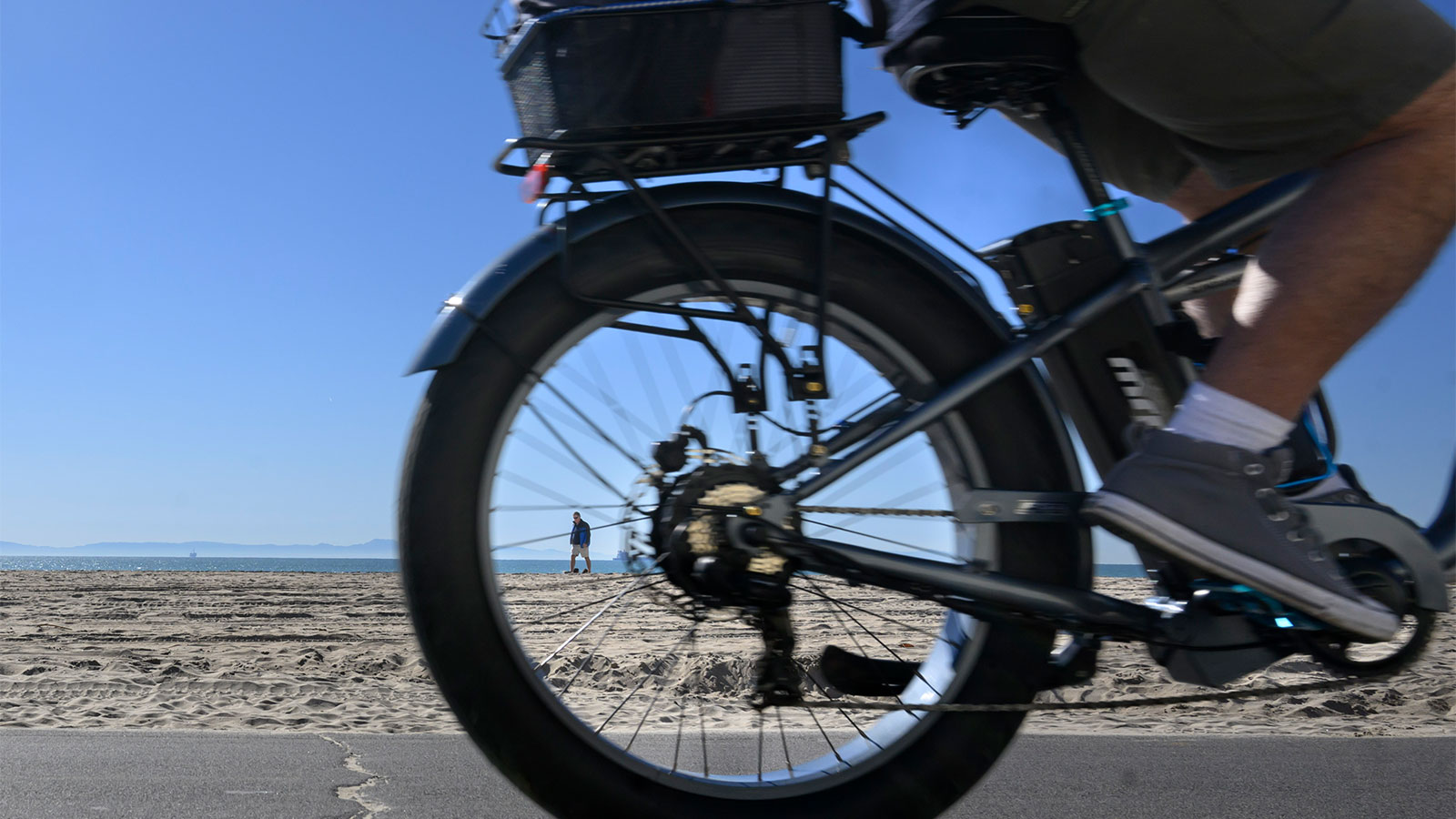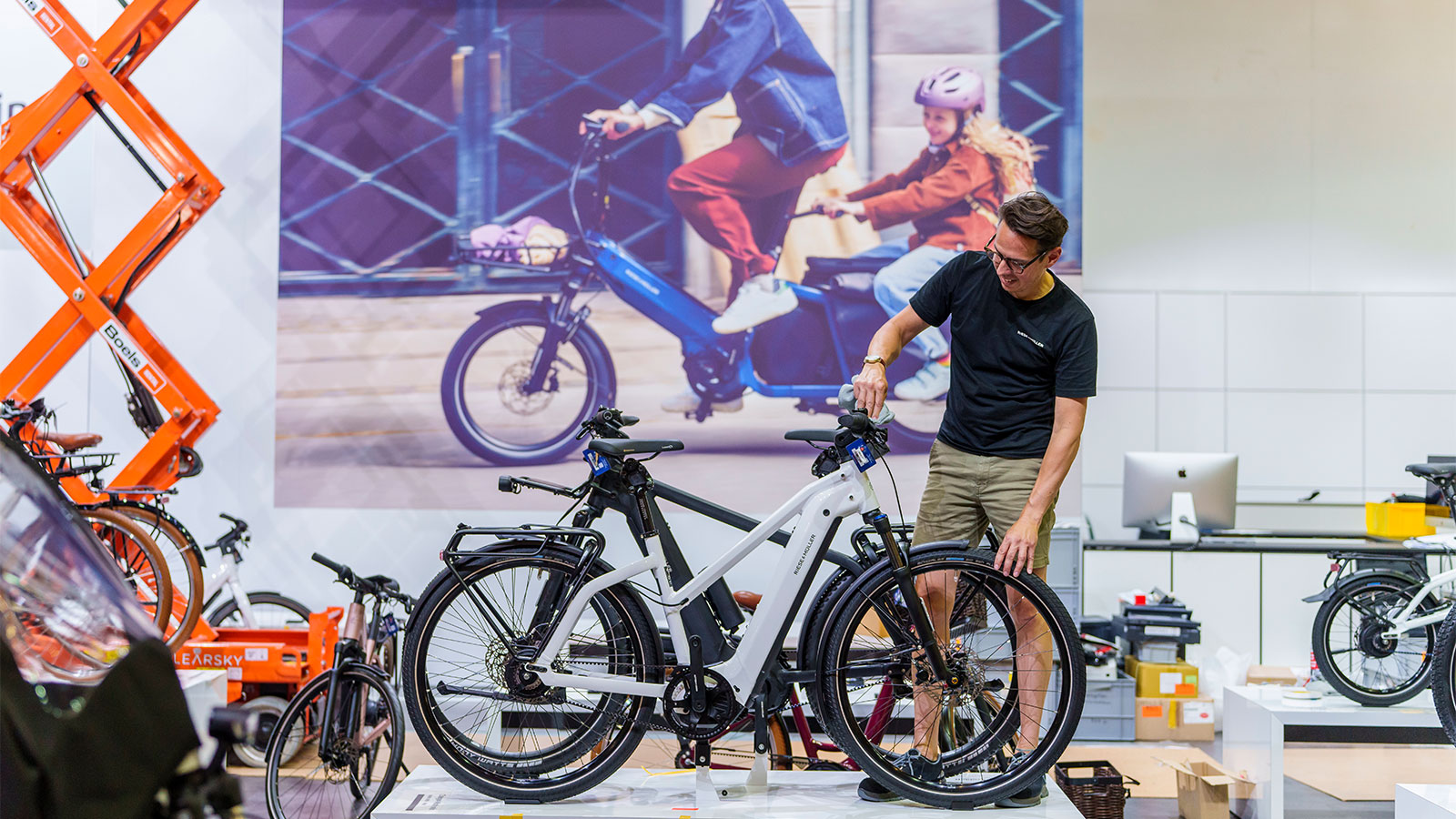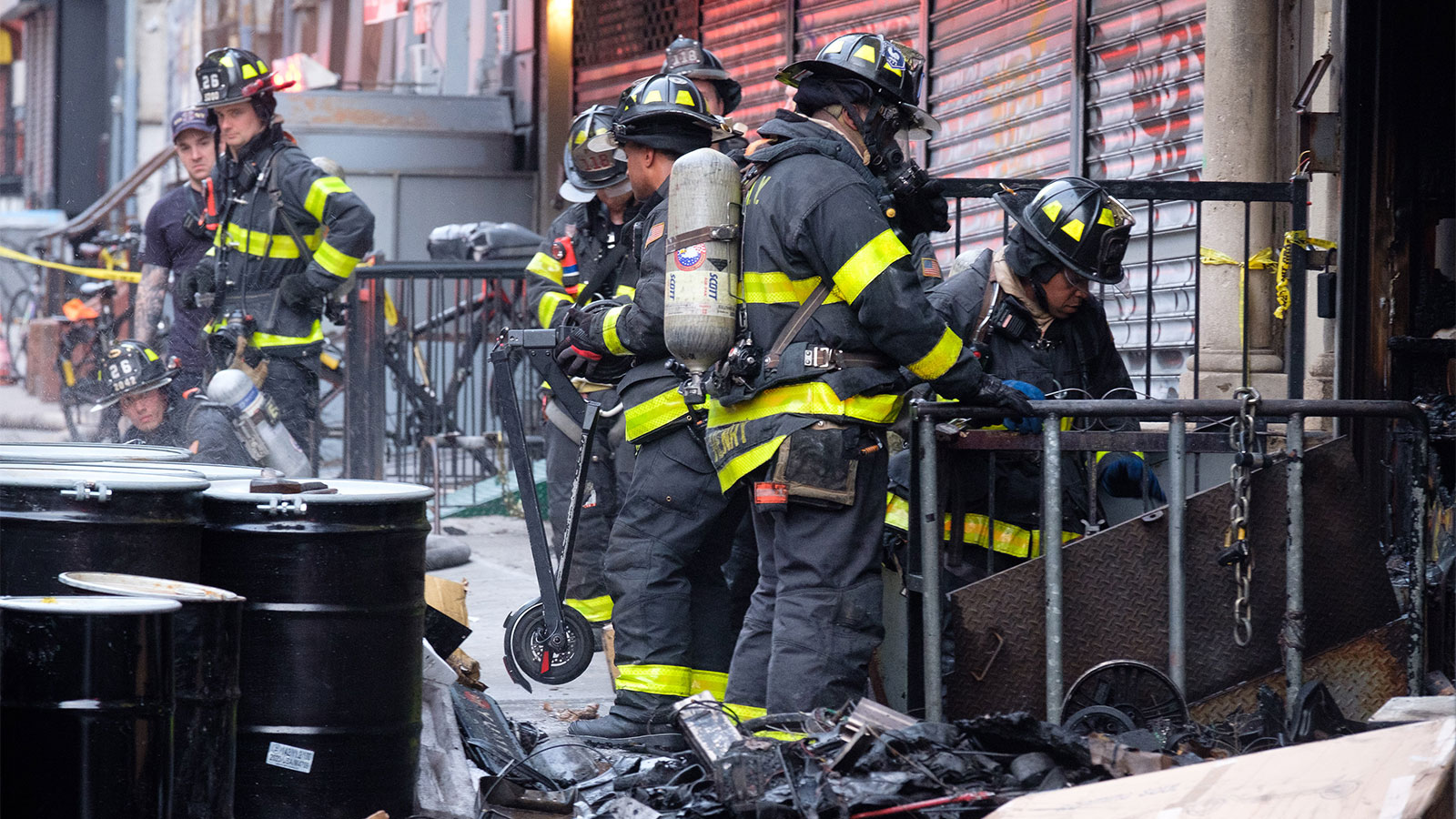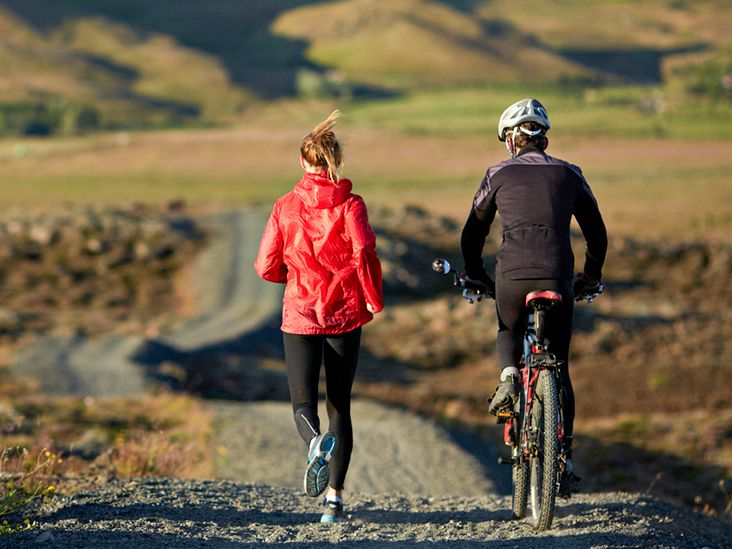
Amish communities are using a surprising new kind of vehicle to travel long distances: 'It's a lot quicker'
In the case of e-bikes, several Amish churches have now decided that the benefits outweigh the costs of tradition.
 www.thecooldown.com
www.thecooldown.com
AMISH COMMUNITIES ARE USING A SURPRISING NEW KIND OF VEHICLE TO TRAVEL LONG DISTANCES: ‘IT’S A LOT QUICKER’
Several churches have now decided that the benefits outweigh the costs.By Jeremiah Budin July 8, 2023

Photo Credit: iStock
Electric bikes, as many have discovered in recent years, are a highly convenient mode of transportation. They’re much cheaper than electric vehicles, faster than walking, and less physically arduous than riding a regular bike. And they don’t produce planet-warming pollution like cars do.
Now, it seems that e-bikes have caught on in a somewhat surprising place: Amish communities.
Although it is commonly believed that Amish communities eschew any type of technology that isn’t several centuries old, this is a misconception. In reality, there is no central Amish governing authority, and each individual community is allowed to make its own decisions about what type of technology it makes use of.
The official tourism site for Lancaster, Pennsylvania — home of numerous Amish communities — explains this nuance best.
“When a new technology comes along, its effect on the church and community is examined,” the tourism site states. “The technology should not be an intrusion into the home, but rather serve the social purposes and goals of the group. With that in mind, the Amish often re-purpose the technology, in a sense, to align with their community beliefs.”
In the case of e-bikes, several churches have now decided that the benefits outweigh the costs.
“It’s a lot quicker to jump on your bike and go into town than it is to bring your horse into the barn, harness it to the buggy, and go,” David Mullett, a member of the Old Order Amish Church and owner of an e-bike shop in Ohio, told the blog This E-Bike Life.
Generally speaking, Amish communities are most likely to avoid a new technology if they believe that it will make them too reliant on the outside world. This has also led some of them to make use of electricity derived from solar panels, which they can own and maintain. The e-bikes, as well, can often be charged by small solar panels.
Mullett’s e-bike shop is powered by two dozen solar panels on its roof and is entirely off-grid.

Believe it or not, the Amish are loving electric bikes
Electric bicycles have been finding favor in a growing number of communities. From hunters to surfers and even soldiers, e-bikes...
 electrek.co
electrek.co
Believe it or not, the Amish are loving electric bikes
Micah Toll | Mar 12 2023 - 4:13 am PT

Electric bicycles have been finding favor in a growing number of communities. From hunters to surfers and even soldiers, e-bikes and their low-cost, far-reaching transportation options have permeated a surprising number of different groups and use cases. The latest community adopting e-bikes en masse may be even more of a surprise: the Amish.
Amish communities, more often known for their black buggies pulled by horses, have been increasingly turning to electric bikes as an alternative form of transportation.
But how could that be?
It’s a common misconception that Amish communities entirely shun electricity and technology. Rather, each Amish church and its surrounding community decides its own rules regarding how much technology is integrated into daily life. There is no single Amish doctrine or set of regulations, since these rules are decided at the individual community level.
That means electric bicycles, which have become a much lower impact solution than cars, are booming in many Amish communities.
David Mullet, a member of the Old Order Amish Church and the owner of E-bikes of Holmes County, a popular bicycle shop in a heavily Amish-populated area of Ohio, explained that e-bikes are simply faster and easier than horses:
“It’s a lot quicker to jump on your bike and go into town than it is to bring your horse into the barn, harness it to the buggy, and go. It’s a lot quicker and you travel faster too.”

Some Amish use kick scooters, while others have adopted e-bikes.
Many Amish are permitted to ride in cars that they don’t own or operate themselves, which means it can be common to hire a driver for specific trips. But the practice can become expensive, as anyone who uses Uber on a regular basis will already know.
E-bikes have thus become an effective solution to the problem of commuting longer distances without hiring a driver.
As Mullet continued:
“Commuting to work is probably the number one way that electric bikes are being used. Some people are commuting eight to ten miles, some only one or two miles, but they jump on their bike and go. With a traditional bike, that would never have been considered. They would have had to hire a driver or the place of work would have had to hire a driver to bring in their employees. That still happens, but there are more people who commute to work every day on e-bikes.”
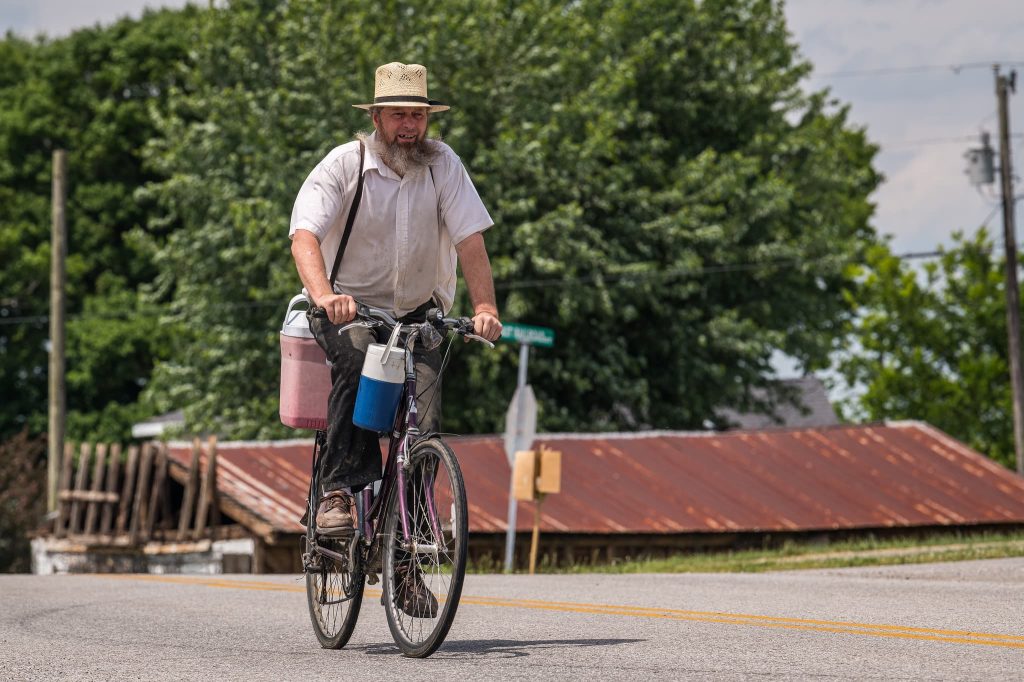
It is common for Amish areas to avoid dependence on the outside world, and thus the communities that do use electricity will often rely heavily on solar panels and other local forms of electricity generation.
That aligns well with electric bicycles, which have small batteries that are easily charged by equally small solar panels.
Mullet’s bike shop is entirely off-grid, with two dozen solar panels on the roof to power the store’s electricity. Public e-bike charging stations are also becoming more popular in Amish country, which are simple to create with a series of outdoor weather-protected 120VAC outlets.
Powered by a solar panel array and battery bank, the outlets help riders charge up their e-bikes without relying on an electricity connection provided from outside of their own community.
An Amish e-bike charging station recently shared on Reddit seems to be quite busy, and bike theft in the community is probably non-existent.

Electrek’s Take
Well, there you go, yet another example of e-bikes changing lives for the better.It’s great to see how many different types of folks have discovered the usefulness of electric bikes, and for such different reasons.
The ability to go completely off-grid with their e-bikes is also a neat aspect of the Amish community’s adoption of e-bikes. It’s a great example of how these powerful transportation alternatives can make a difference in areas of the world without reliable electricity supply, such as in developing countries.


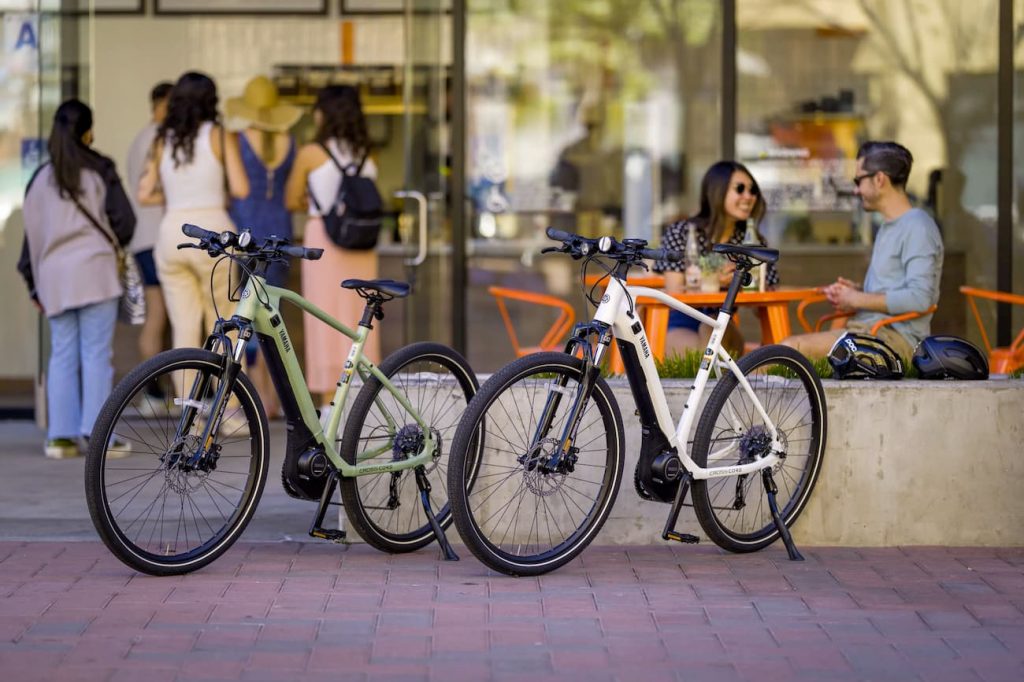
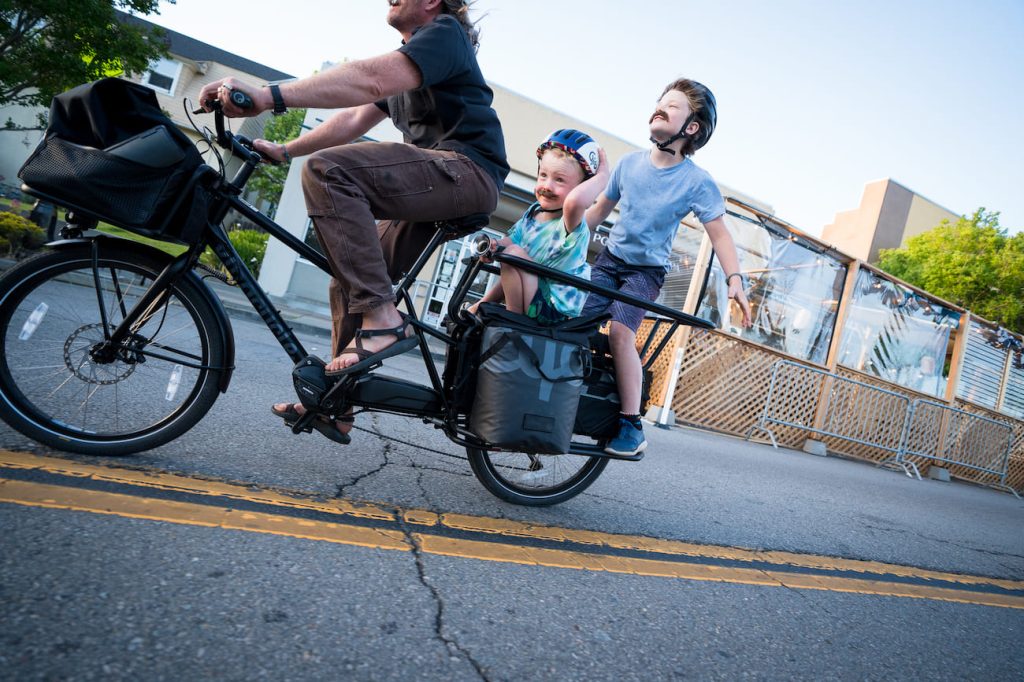
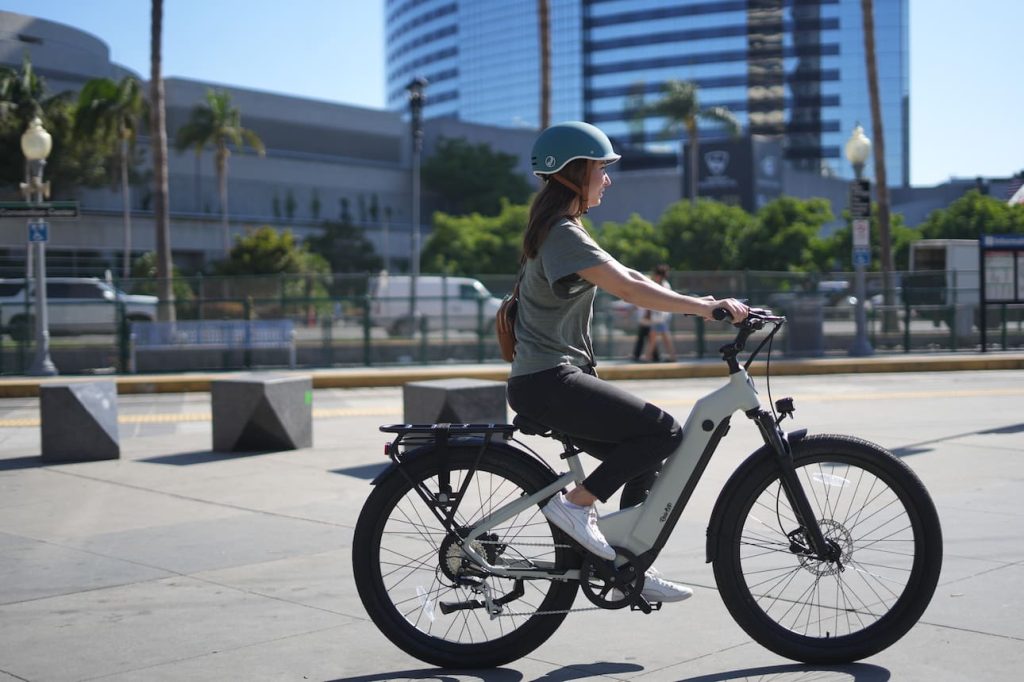
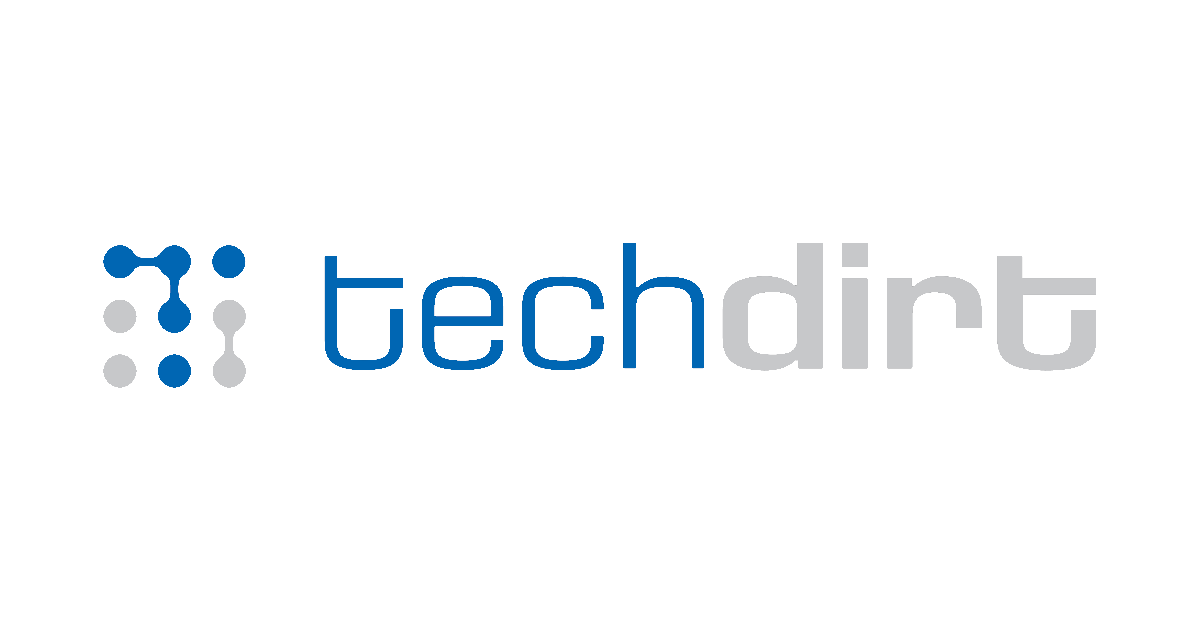

 Outside of having my first one stolen, having my first major issue with my Ebike. Throttle goes out, odo and speedometer don't report correctly, and the cadence seemed to be all off while pedaling. Bought a controller thinking that might be it...but it makes no sense as the rest of the bike works. Turning on "walk assist" that makes the bike motor run exclusively works...just ordered another PAS sensor and hoping that is the cause.
Outside of having my first one stolen, having my first major issue with my Ebike. Throttle goes out, odo and speedometer don't report correctly, and the cadence seemed to be all off while pedaling. Bought a controller thinking that might be it...but it makes no sense as the rest of the bike works. Turning on "walk assist" that makes the bike motor run exclusively works...just ordered another PAS sensor and hoping that is the cause.